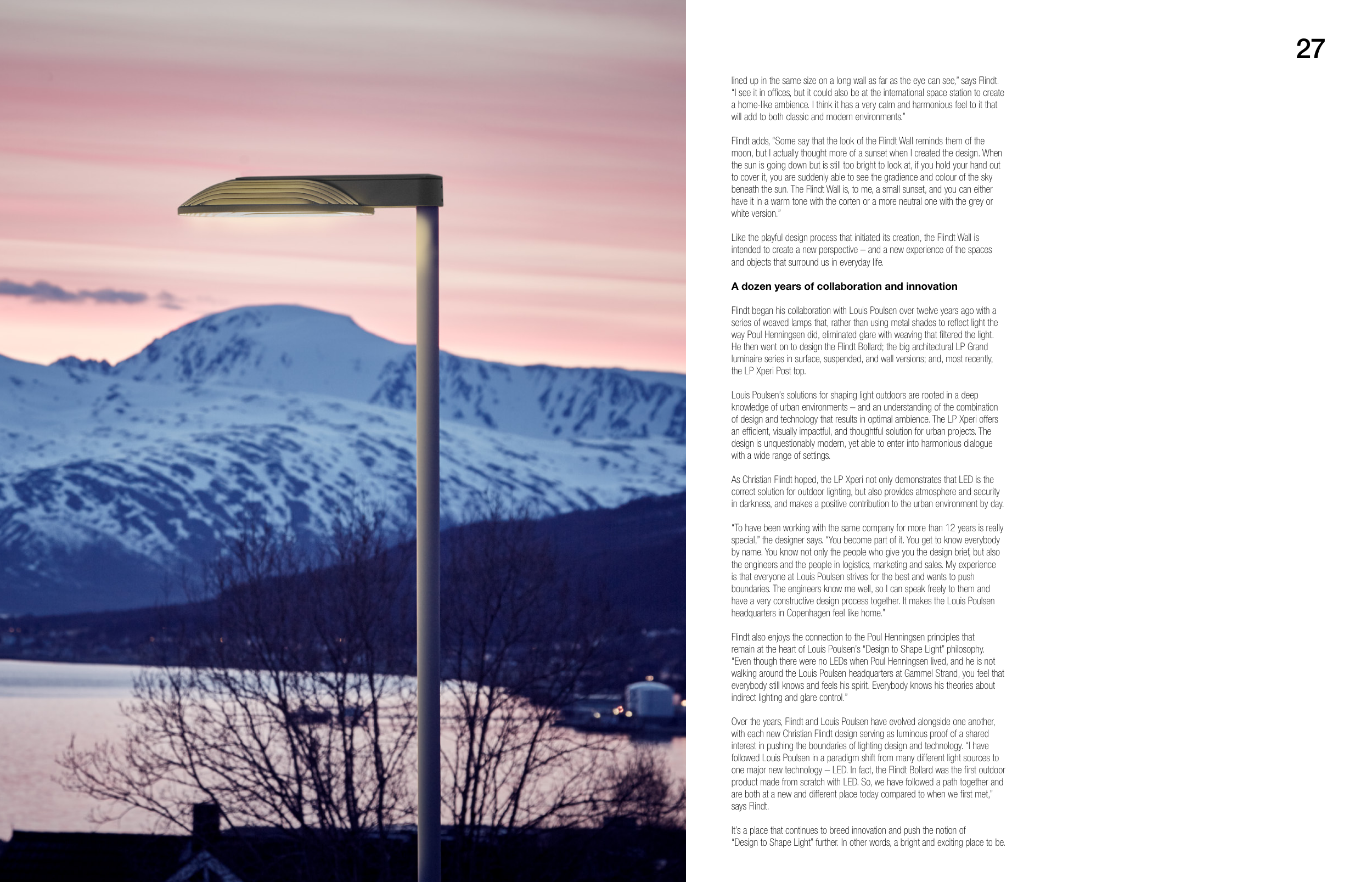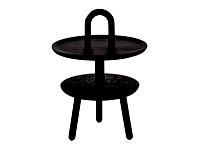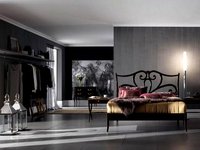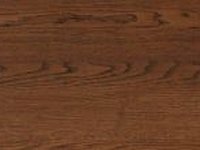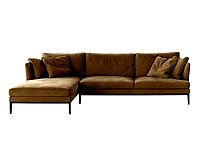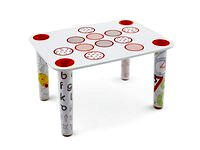27
26
lined up in the same size on a long wall as far as the eye can see,” says Flindt.
“I see it in offices, but it could also be at the international space station to create
a home-like ambience. I think it has a very calm and harmonious feel to it that
will add to both classic and modern environments.”
Flindt adds, “Some say that the look of the Flindt Wall reminds them of the
moon, but I actually thought more of a sunset when I created the design. When
the sun is going down but is still too bright to look at, if you hold your hand out
to cover it, you are suddenly able to see the gradience and colour of the sky
beneath the sun. The Flindt Wall is, to me, a small sunset, and you can either
have it in a warm tone with the corten or a more neutral one with the grey or
white version.”
Like the playful design process that initiated its creation, the Flindt Wall is
intended to create a new perspective – and a new experience of the spaces
and objects that surround us in everyday life.
A dozen years of collaboration and innovation
Flindt began his collaboration with Louis Poulsen over twelve years ago with a
series of weaved lamps that, rather than using metal shades to reflect light the
way Poul Henningsen did, eliminated glare with weaving that filtered the light.
He then went on to design the Flindt Bollard; the big architectural LP Grand
luminaire series in surface, suspended, and wall versions; and, most recently,
the LP Xperi Post top.
Louis Poulsen’s solutions for shaping light outdoors are rooted in a deep
knowledge of urban environments – and an understanding of the combination
of design and technology that results in optimal ambience. The LP Xperi offers
an efficient, visually impactful, and thoughtful solution for urban projects. The
design is unquestionably modern, yet able to enter into harmonious dialogue
with a wide range of settings.
As Christian Flindt hoped, the LP Xperi not only demonstrates that LED is the
correct solution for outdoor lighting, but also provides atmosphere and security
in darkness, and makes a positive contribution to the urban environment by day.
“To have been working with the same company for more than 12 years is really
special,” the designer says. “You become part of it. You get to know everybody
by name. You know not only the people who give you the design brief, but also
the engineers and the people in logistics, marketing and sales. My experience
is that everyone at Louis Poulsen strives for the best and wants to push
boundaries. The engineers know me well, so I can speak freely to them and
have a very constructive design process together. It makes the Louis Poulsen
headquarters in Copenhagen feel like home.”
Flindt also enjoys the connection to the Poul Henningsen principles that
remain at the heart of Louis Poulsen’s “Design to Shape Light” philosophy.
“Even though there were no LEDs when Poul Henningsen lived, and he is not
walking around the Louis Poulsen headquarters at Gammel Strand, you feel that
everybody still knows and feels his spirit. Everybody knows his theories about
indirect lighting and glare control.”
Over the years, Flindt and Louis Poulsen have evolved alongside one another,
with each new Christian Flindt design serving as luminous proof of a shared
interest in pushing the boundaries of lighting design and technology. “I have
followed Louis Poulsen in a paradigm shift from many different light sources to
one major new technology – LED. In fact, the Flindt Bollard was the first outdoor
product made from scratch with LED. So, we have followed a path together and
are both at a new and different place today compared to when we first met,”
says Flindt.
It’s a place that continues to breed innovation and push the notion of
“Design to Shape Light” further. In other words, a bright and exciting place to be.


